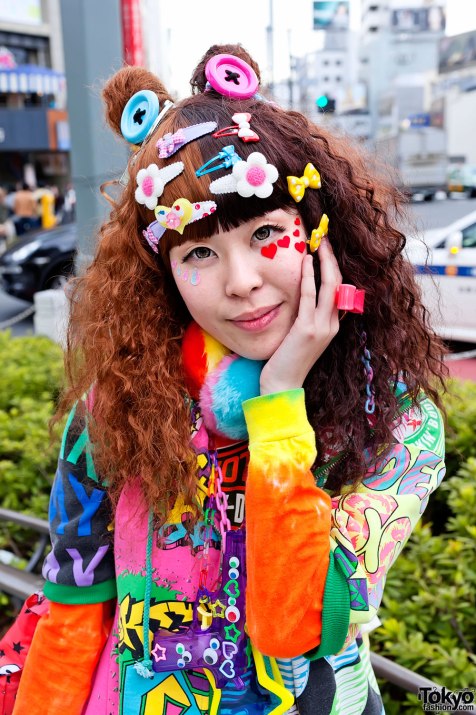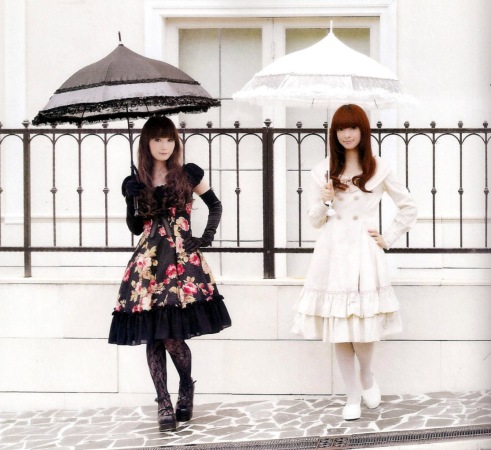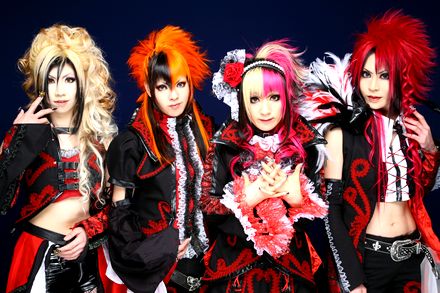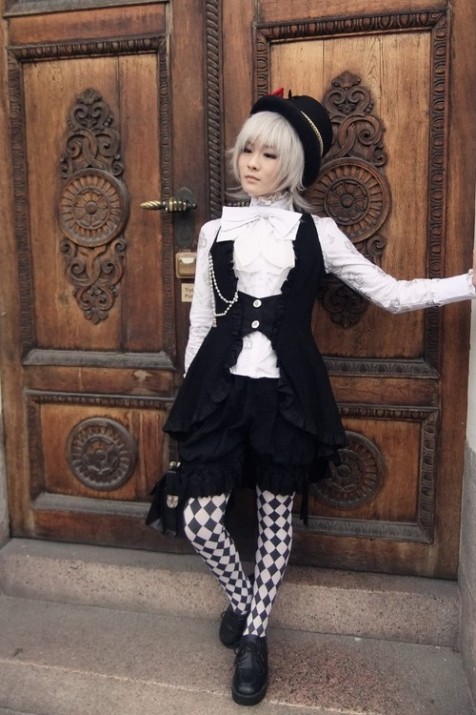One of our favorite programs by the Morikami education department is our yearly Speaker Series. This month we’re excited to host a screening of The Harimaya Bridge, and a talk by its award-winning director, Aaron Woolfolk. We asked Aaron to share a bit about the film here for you in advance of his lecture next Friday, and he delivered with this wonderful peek behind the scenes at the making of the film. Read on for his one-of-a-kind perspective on the challenges and successes of making The Harimaya Bridge, and join us next week to see this inspiring film and Aaron in person. Enjoy!
The Harimaya Bridge: When the Rain Is Your Friend
By Aaron Woolfolk
One of the compliments I often receive about my film The Harimaya Bridge, which will be shown at the Morikami Museum and Japanese Gardens on February 21st, is the way the beauty of the deep Japanese countryside is captured by the cinematography. Indeed, from the time I started conceiving the story in my head and putting it to paper (or, rather, computer), I was intent on showing the majesty of the land in Kochi-ken, the rural prefecture I lived and worked in before setting off on my journey to become a filmmaker.
But it nearly didn’t work out that way. In fact, The Harimaya Bridge as it is now — a drama told amid clear blue skies and the lush greens of mountains and rice fields — could just as well have had that lovely backdrop replaced by continuous rains and monsoon-like conditions.
In many cases, when a movie is filmed is determined not by the needs of the story, but by those of key elements of the production. Creating the schedule means, for example, finding a time when the actors (who might be very busy and in-demand) are available. The same goes for getting an experienced crew. Many times you have to take what you can get. For The Harimaya Bridge, which had the good fortune of casting several popular and respected actors (including the internationally-known Danny Glover), it was determined that the best window for shooting the film would be in June and early July. Because the next available window would not be for several months — and because one never knows what will happen when a film shoot is postponed for so long — we went with the June plan.
There was just one problem: June and July are smack dab in the middle of southwest Japan’s rainy season.
Being caught up in the euphoria of getting a movie financed and a notable cast to appear in it, I at first gave the timing of the shoot little thought. After all, if you manage to make it past the multitude of obstacles to getting a film made and see your project go forward, there’s a (short) period of time when you tend to believe that everything will automatically work out in your favor. But as the pre-production months went by and the production approached, I became increasingly concerned. The rainy season in Kochi is something I had experienced firsthand, and memories of it started to drown out my “everything will be just fine” attitude. I started to remember that, having lived and worked in Kochi as a participant of the Japan Exchange and Teaching (JET) Program, and having made numerous return trips in the years since, I had witnessed with my own eyes (and never fully-dried clothes) the heavy monsoon-like rains that could carry on for days, even weeks, with no let-up.
I had written The Harimaya Bridge not only to convey the message of the story, but also to showcase the beauty of rural Japan, and Kochi Prefecture in particular. I had drawn on more than 15 years of my personal relationship with Kochi to create the story. I had a specific image of this corner of Japan I wanted to show the world. And in my mind that image consisted of exterior scenes with bright and sunny days. But it began to hit me that my conception of the film would likely have to change to accommodate the weather. I began to mentally prepare myself to make a movie whose story would be told against the backdrop of continuous rain. The enthusiastic “We’re shooting in June!” cry of February morphed into the cautious “We’re shooting in June” lament of April.
I expressed my concerns to my cinematographer, renowned cinema veteran <a href=”http://www.imdb.com/name/nm0619919/”Masao Nakabori.
“Don’t worry,” he said very nonchalantly. “The weather gods are always kind to me.”
Not quite sold on his connections with the divine, I went through my script and started reconfiguring it for heavy rains. Those scenes where the main character got lost in the rural backroads? I guess it would make him even more annoyed if he were drenched. That pivotal scene on the mountaintop in which one of the film’s central mysteries is solved? I guess we could lose the mountain and play the scene in a house. The scenes at the famous Katsurahama Beach? Maybe those two central characters could cement their friendship in some indoor setting.
“It’s very smart and responsible of you to make a back-up plan,” Nakabori-san said. “If we need it, we’ll use it. But don’t worry.”
Filming began in early June just as the rainy season officially started. Outwardly, I kept my spirits high and confident so as to keep up the morale of our cast and crew of 70+ people. But inside I was on edge, wondering how the weather over the next five weeks would affect the film I had been trying to make for eight years.
And then the most amazing thing happened: The weather cooperated. We did not accommodate it; rather, it accommodated us. In fact, the weather settled into a pattern that worked for us as if it were a member of the crew. On the days we filmed outdoors, the rain was nowhere to be found. But on the days we filmed indoors, the rainy season lived up to its name as the skies opened up. There were even days when the rains came down in the hours we shot interior scenes, and then the sun came out in the hours we film exterior scenes. This carried on almost without fail for the five weeks of Japan shoot. It was uncanny!
One day in particular I will never forget. The weather forecast for that entire region of Japan was for a 100% chance of heavy rain. But it was the day we were scheduled to shoot one of the most crucial scenes of the film at the famedHarimaya Bridge, the site that was the namesake of the movie. At that point we’d had such good fortune with the weather that there was no room for flexibility with weather continuity. We absolutely had to have dry conditions. But all of the weather reports said this would be the day our luck finally ran out.
And yet, the rain held and we filmed the scene. As we did I looked around. Half a kilometer to the east: rain. A quarter of a kilometer to the west: rain. To the north and south: rain. At one point a local reporter who had been writing articles about the movie took out his cell phone and showed me a satellite image of southwest Japan. “There’s rain everywhere for hundreds of kilometers in every direction…except for right here!” he said. “The gods must really like you, and really like your movie!”
There was even one instance late in the shoot when the rain saved me. At the end of a long day we went to film a very important scene inside a sake factory that had been converted into a soundstage. Only, as the camera rolled, one of the actors was not doing what I wanted. It was at that moment I realized that I had neglected to prepare the actor for this crucial scene. “If only we could come back and do the scene tomorrow,” I lamented to myself. Yet the schedule was too tight, and it would have been irresponsible to voluntarily cut two hours of shooting. But then the rain that had been falling outside started coming down hard, much harder than it had the previous times we filmed at the warehouse. So hard, in fact, that our sound recorder informed us he could not get a clean recording of the actors’ dialogue. After weighing our options, we decided to add onto the next day’s schedule in order to return to the warehouse and shoot the scene. Of course, I made sure the actor received the necessary preparation, and the next night the scene went beautifully.
“See? No need to worry,” Nakabori-san said to me after our last day of filming.
On February 21st, “The Harimaya Bridge” will screen atMorikami Museum & Japanese Gardens, after which I will speak about the film and answer questions. Please come and enjoy the movie…and consider just how different (and wetter) the images you see onscreen might have been.
Details and tickets for the lecture and screening are available here, hope to see you all there!




